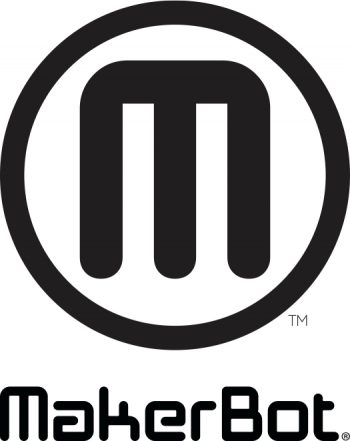
MakerBot, unsurprisingly announced a reduction in force of a huge 30%. Here’s why it makes sense.
New CEO Nadav Goshen announced via a blog post that the company would be making significant changes to position for the future – and eliminate 30% of their staff. He explains:
However, we have to make additional changes to lower costs and to support our long-term goals. The leadership team and I have been working on a new organizational structure, and as part of this new plan we will reduce staff at MakerBot by 30%. Greater focus on long-term goals is key to our success, and we must reduce the pressure and distraction of chasing short-term market trends.
This is a very notable change, but it’s not entirely unexpected. While there are numerous “doom and gloom” stories surrounding MakerBot today, it is important look at what’s happened over the long term.
MakerBot was originally formed in 2009 as a consumer products company. The thinking at the time was that considerable money oould be made by selling vast numbers of desktop 3D printers to consumers. The company raised considerable funding and spent much of it on marketing this concept. The buzz they initiated triggered the “consumer 3D printing boom”, which as we all know, became a crash a bit later.
However, somewhere along the way MakerBot, or its controlling investors, must have realized that there were significant barriers to achieving the goal of massive consumer product sales. We now know that typical consumers are incapable of 3D design, fixing wonky machines and desire 3D models that aren’t easily found. None of these issues was addressable by MakerBot, so I believe the company’s strategy shifted.
Instead of planning on making money through sales, they changed focus to make money by selling the company, aided by the then-huge interest in consumer 3D printing.
Sure enough, the company was sold to Stratasys for the staggering sum of USD$400+.
But at that point, MakerBot had built the company to be a consumer products company, with particular sales channels and a lot of staff to handle the expected rush of product orders. Whether they actually believed this is another question; what matters is that the company was set up to do this and that is what would be notice by the buyer.
Then Stratasys took over, and it soon became clear to them that the consumer 3D printing rush was over. Worse, the previous MakerBot regime had left them with some suspect equipment and a worsening reputation among the consumer / hobby crowd.
The new Stratasys-powered MakerBot regime realized they had to do two things:
- Fix the technical issues
- Shift the market elsewhere to customers that would buy the equipment
And they did both, under Jonathan Jaglom’s management. Their new focus is professionals and institutions, not consumers and not hobbyists, who mistakenly still believe MakerBot is competing for their dollars. They’re not, and that’s why MakerBot’s recent announcements are typically viewed suspiciously by the DIY community: they’re not for them. They’re for professional offices with very different technical, operational and administrative needs.
Then there’s the matter of staff levels.
MakerBot’s new market is vastly smaller than the consumer market. They’re not going to sell millions of machines. They will sell thousands. This requires a different staffing structure.
An interesting way to look at this is to compare their operations with Prusa Labs, who are apparently selling 3,000+ units per month to hobbyists. To do so, their current staff level is around 90 people.
That’s a lot less than MakerBot, who were staffed somewhere in the 300-400 range until the latest cuts, and from what I gather, MakerBot may be selling fewer units than Prusa. They may still be at too high a staffing level, even after the cuts.
What happens next? I am not sure, but I expect that MakerBot could have additional cuts as they reorganize themselves to address the new markets.
I do not expect them to go away; Stratasys has invested far too much money in MakerBot to simply let it evaporate. And they have the money to keep it afloat as long as they wish to do so, unlike most other small 3D printer manufacturers that must survive day-to-day on sales.
One thing to see a lot more of is integration with Stratasys’ technology; Stratasys’ most recent equipment announcement, the F123 series, is bristling with features, software and interfaces that are literally identical to that seen on MakerBot’s Replicator+.
Via MakerBot

